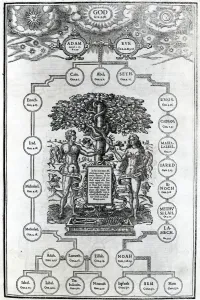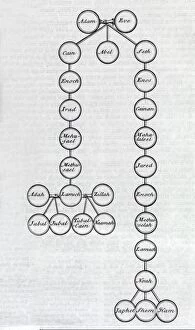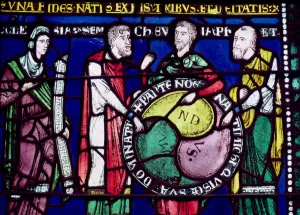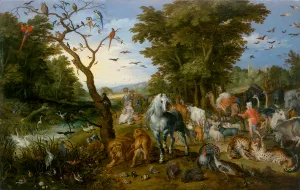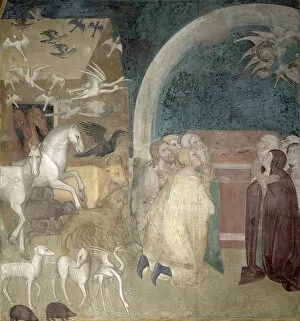Japheth Collection
Japheth, a name that resonates through the ages, holds a significant place in history and mythology
All Professionally Made to Order for Quick Shipping
Japheth, a name that resonates through the ages, holds a significant place in history and mythology. From biblical tales to artistic representations, Japheth's presence is felt across various mediums. In Adam and Eve's family tree engraving from 1556, Japheth stands as one of their descendants. This intricate artwork showcases the lineage of humanity, tracing back to its very origins. The stained glass masterpiece "Three Sons of Noah" depicts Japheth alongside his brothers Shem and Ham. Crafted in the 12th century, this vibrant creation immortalizes their role in the story of Noah's Ark. While ancient depictions capture Japheth's mythical existence, there are also real-life individuals who bear this name. One such person is Japheth Kimutai—a talented athlete whose achievements inspire many. Noah's Ark has been a subject of fascination throughout history. In N. A. L 2334 fol. 10v from De Tours Pentateuch, an exquisite vellum manuscript illustrates the iconic scene where animals enter the ark under divine guidance. "The Entry of Animals into Noah's Ark, " portrayed in oil on panel masterpieces like those from 1613 or earlier centuries, captures the awe-inspiring moment when creatures great and small found refuge within its sturdy walls. However, not all stories surrounding Noah are filled with hope and salvation. The hand-colored woodcut titled "Drunkenness of Noah" portrays a vulnerable side to this biblical figure. Here we see Shem and Japheth covering their father after he succumbs to intoxication—an act born out of love and respect for family bonds. Moving away from religious narratives but still connected by name association is an intriguing artifact—an illustration depicting Noah constructing his ark while his wife calls chosen animals using a shofar horn. This image offers insight into how different cultures interpret these ancient tales differently yet share common themes. Artistic interpretations of Noah's family often feature Japheth prominently.

